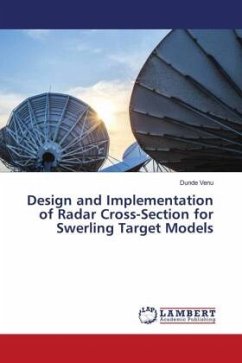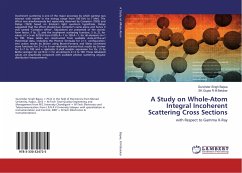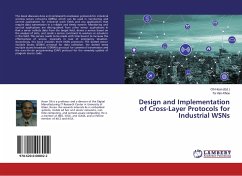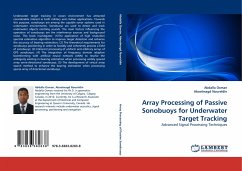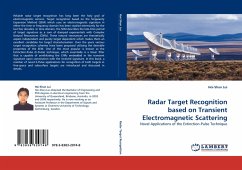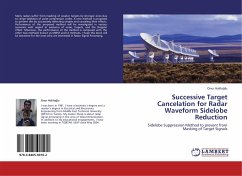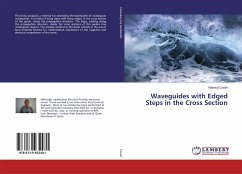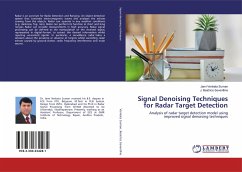Radar Cross-Section (RCS) is a measure of how detectable an object is by radar. Therefore, it is called electromagnetic signature of the object. A larger RCS indicates that an object is more easily detected. An object reflects a limited amount of radar energy back to the source. In this book we simulate the RCS to represent the specified targets under different conditions such as aspect angle and frequency. This model is use for performance evaluation of radar. Next the data of radar target is simulated. The models adopted are swerling ones. firstly we develop ideology for the simulation and after successful verification, the same will be implemented in FPGA. These models are simulated in MATLAB and in FPGA, with the goal of implementing them efficiently on a radar system. This method can be generalized to apply to objects of arbitrary geometry for the two configurations of transmitter and receiver in the same as well as different locations.

